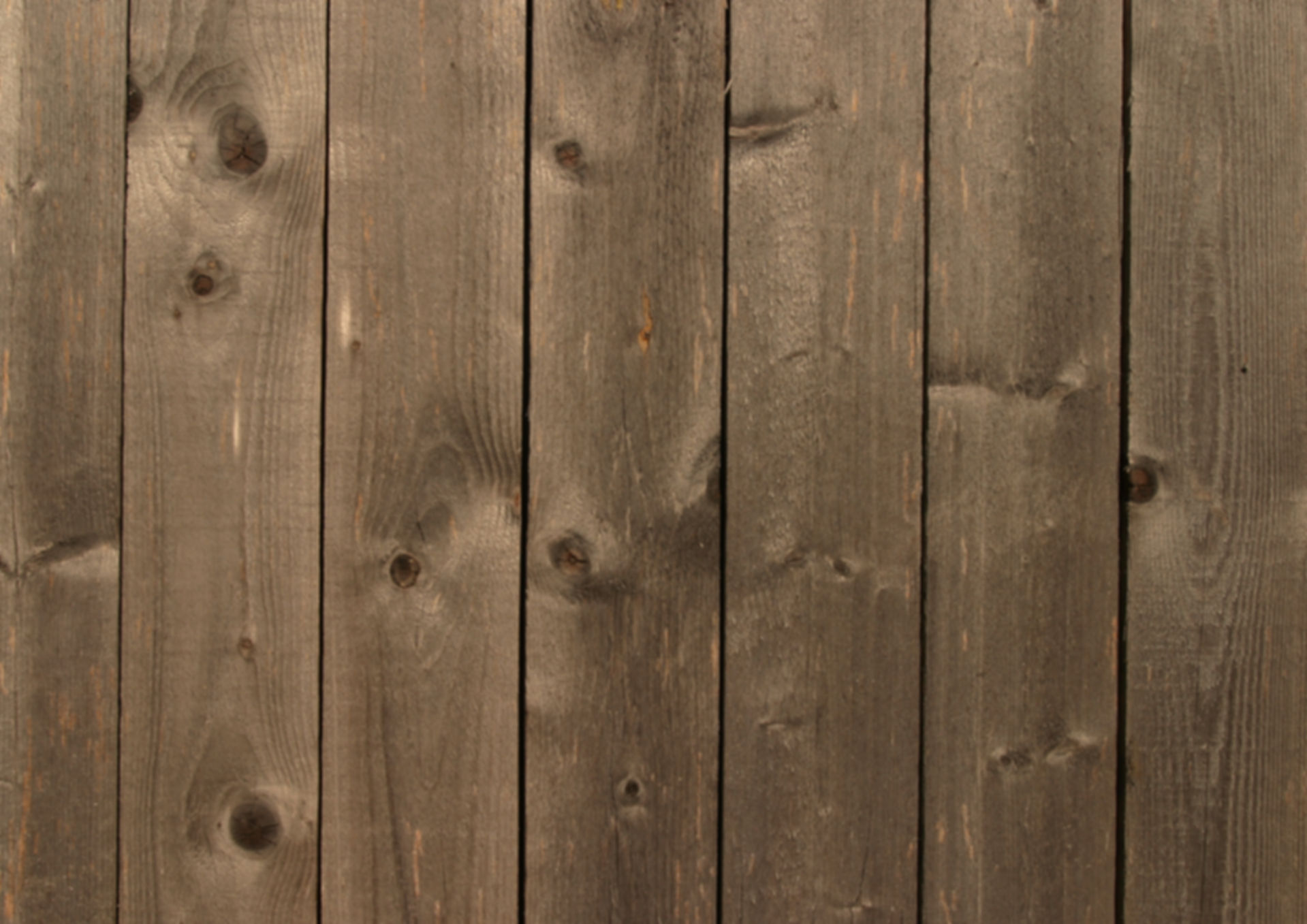
Every night in America, thousands of youth are living in cars, vacant buildings or couch surfing with family or friends. A 2009 report titled America’s Outcasts: State Report Card on Child Homelessness,” found that 1 child in 50 is homeless in the United States (or more than 1.5 million each year). These youth, this “invisible population,” may not be visible on the streets or in shelters. They may be working or going to school, but they lack a safe, stable, permanent place to call home.
How they got to this place is varied—some have left abusive situations, did not get along with their parents, or they may have aged out of the foster care or juvenile justice systems. However they got there, all homelessness is fundamentally associated with poverty and a lack of safe and affordable housing.
Homeless, youth and young adults are at increased risk for victimization and traumatization; and they are more likely to experience severe physical and behavioral health problems and incarceration in the long term.
One of the challenges to addressing youth homelessness is knowing how many youth and young adults are homeless. Experts agree that is a need for a coordinated and consistent approach to effectively enumerate this population. Some work has been done to understand how many youth are impacted by homeless: Massachusettes completed a statewide homeless youth count in 2014 and a 2011 point in time count by Johns Hopkins University found 640 unaccompanied homeless youth on any given night in Baltimore City.
From September 28th to October 5th, Maryland will conduct a Demonstration Project to identify the number of unaccompanied youth and young adults who are not with a parent or guardian and do not have a fixed, stable, permanent place to call home. Eight Maryland jurisdictions—including Baltimore City—will participate in this count, known as Youth REACH MD. It will be the first time that Maryland has attempted to quantify the number of youth experiencing homelessness.
This effort complements the work being done by Maryland’s Interagency Council on Homelessness; Thrive@25, Maryland’s initiative to end homelessness for youth with foster care histories on the Eastern Shore; and the Joint Committee on Homelessness in the General Assembly. Youth REACH MD is tied to a larger national effort to end youth homelessness in the US by 2020.







